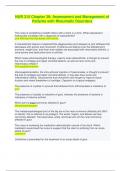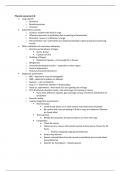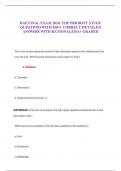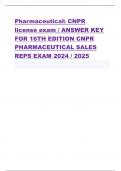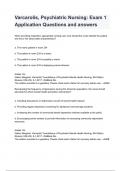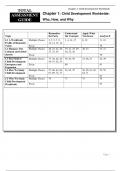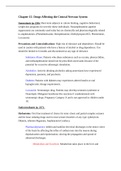Exam (elaborations)
NUR 315 Chapter 38: Assessment and Management of Patients with Rheumatic Disorders | Answered with Rationales
- Course
- Institution
NUR 315 Chapter 38: Assessment and Management of Patients with Rheumatic Disorders | Answered with Rationales The nurse is completing a health history with a client in a clinic. What assessment finding best correlates with a diagnosis of osteoarthritis? joint stiffness that decreases with activit...
[Show more]
